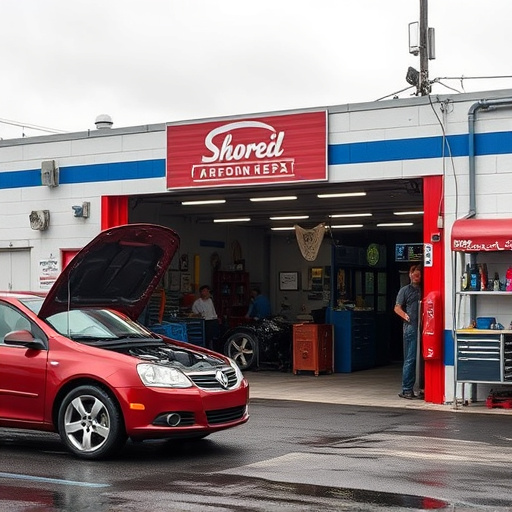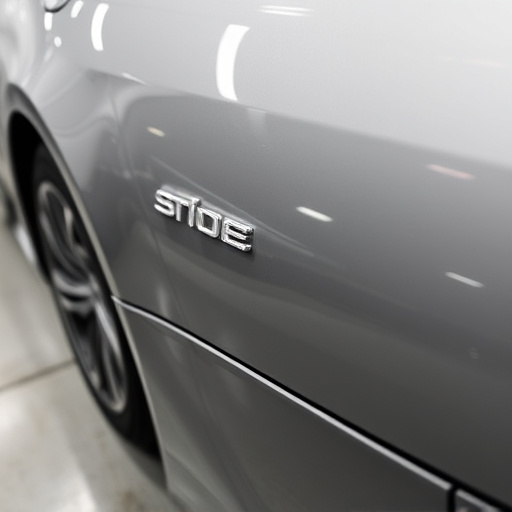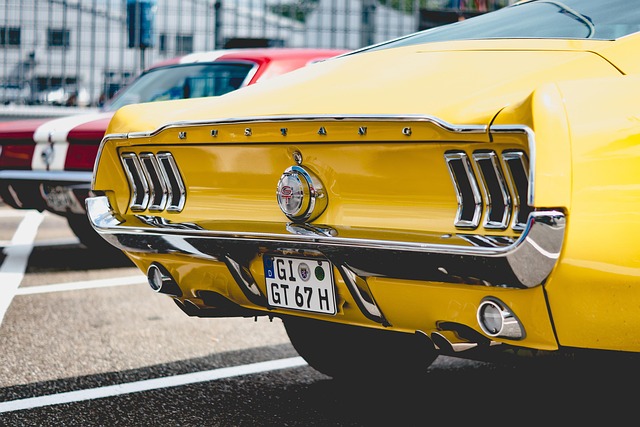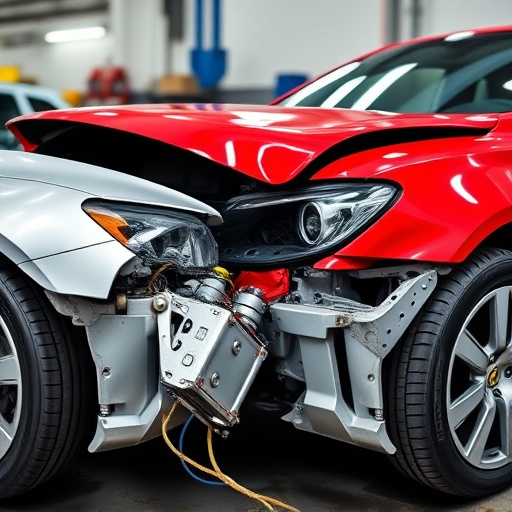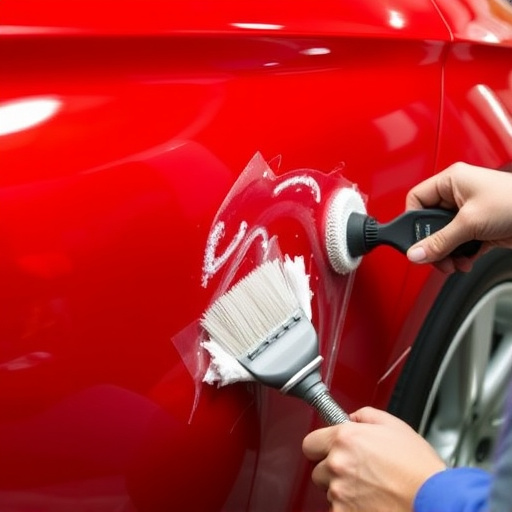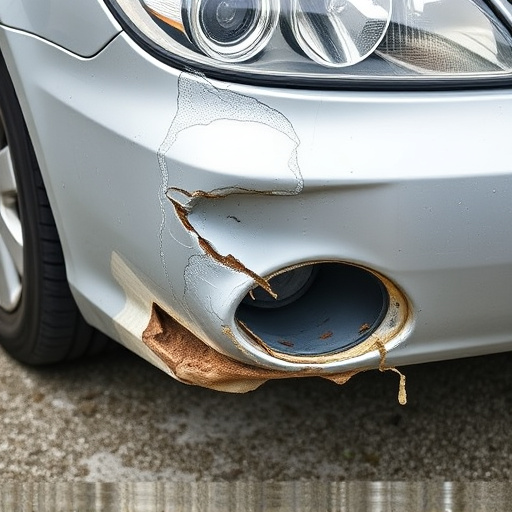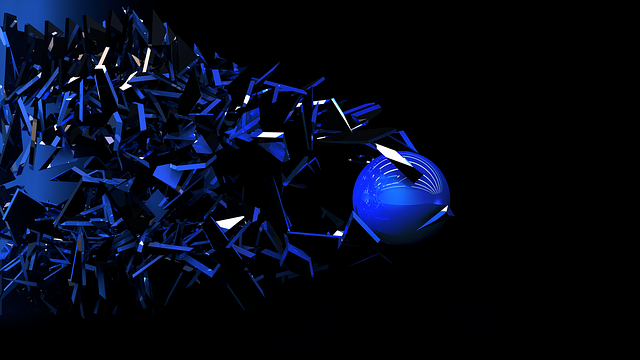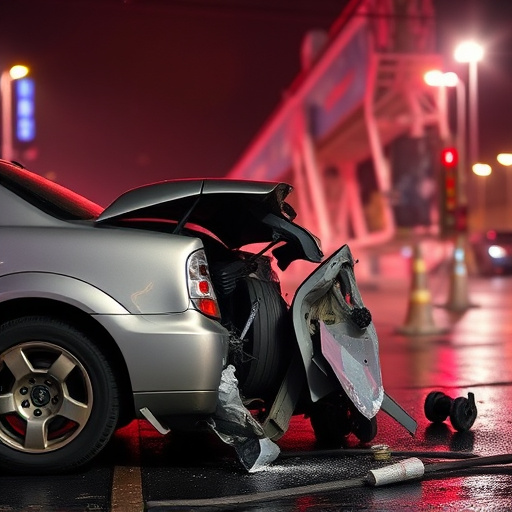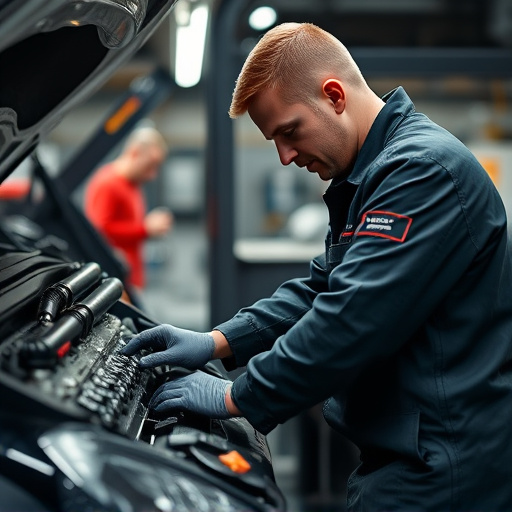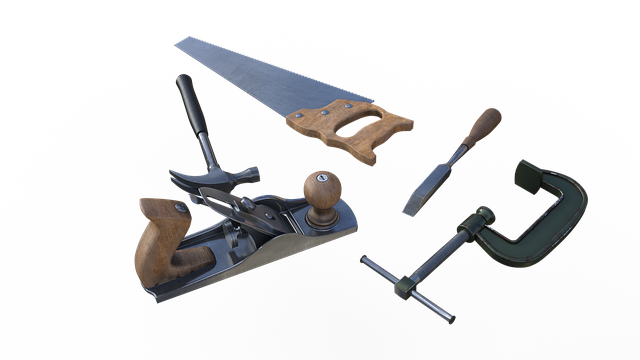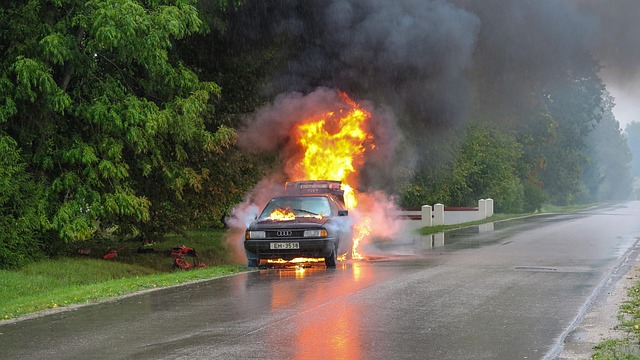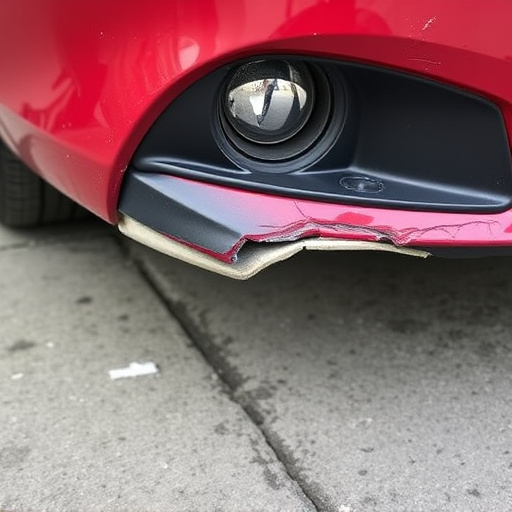Tesla fog lights can malfunction due to various issues. Simple replacements may fix minor problems, but complex issues require professional repair. Regular maintenance is crucial for safe driving, especially after hail damage. After replacing fog lights, re-calibrate bumper sensors for optimal safety features. Use advanced diagnostic tools for precise calibration.
Looking to replace your Tesla fog lights? You’re in the right place. Tesla fog light replacements are a common need, as these lights can burn out or malfunction over time. This comprehensive guide covers everything you need to know. We’ll walk you through the process step-by-step, from identifying a faulty fog light to re-calibrating your car’s bumper sensors after the replacement. By following these instructions, you’ll have your Tesla fog lights up and running in no time.
- Understanding Tesla Fog Light Malfunctions
- Replacing Fog Lights: Step-by-Step Guide
- Re calibrating Bumper Sensors Post-Replacement
Understanding Tesla Fog Light Malfunctions
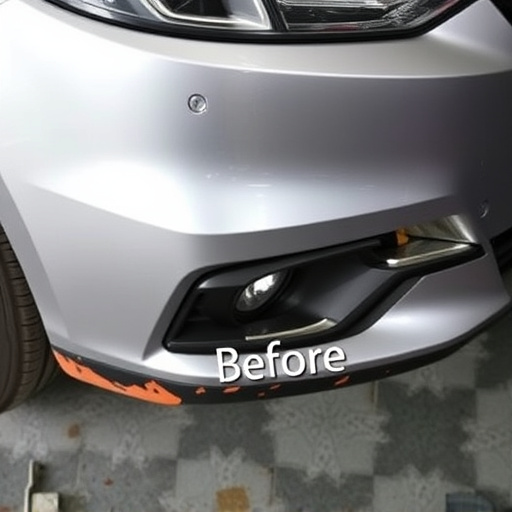
Tesla fog lights are designed to enhance visibility during low-visibility conditions such as heavy rain, snow, or dense fog. However, like any other automotive component, they can malfunction due to various reasons. If your Tesla’s fog lights aren’t performing optimally, it could be a result of issues with the light bulbs, wiring, or even sensor calibration. Malfunctions can manifest in different ways; some common problems include fog lights that are too dim, flicker intermittently, fail to turn on at all, or shine inappropriately into oncoming traffic.
Identifying the root cause often requires careful inspection and testing. For instance, a simple replacement of the light bulbs might be all that’s needed if the issue is with burnt-out bulbs. However, more complex problems like faulty wiring or sensor calibration may require professional diagnosis and repair from a reputable car body shop or car repair shop. Regular maintenance and timely repairs are crucial to ensure safe driving conditions, especially in adverse weather. For Tesla owners, keeping up with fog light replacement and related repairs is an essential aspect of vehicle upkeep, particularly when navigating challenging road conditions caused by hail damage repair.
Replacing Fog Lights: Step-by-Step Guide
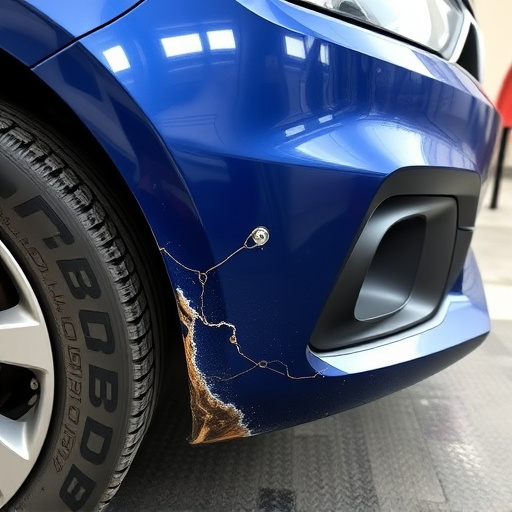
Replacing Tesla fog lights involves a few simple steps, making it an accessible do-it-yourself project for automotive enthusiasts. First, locate your fog light assembly beneath the front bumper. This typically involves removing any protective covers or trim to access the lighting components. Once exposed, disconnect the power source and carefully remove the old fog lights.
Next, acquire compatible replacement Tesla fog lights, ensuring they match your vehicle’s specifications for a precise fit. Install the new lights by securing them firmly in place using the existing mounting hardware. Double-check connections to ensure proper power supply and alignment before reattaching any covers or trim. This process not only enhances nighttime visibility but also contributes to the overall vehicle restoration, making it an excellent project for those seeking to maintain their Tesla’s optimal performance and aesthetic appeal.
Re calibrating Bumper Sensors Post-Replacement
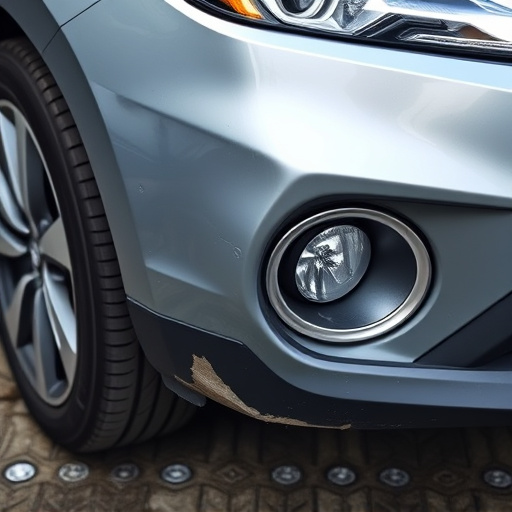
After successfully replacing Tesla fog lights, re-calibrating the bumper sensors is a crucial step that shouldn’t be overlooked. The process involves ensuring the sensors are properly aligned to detect obstacles and adjust the car’s path accordingly. This is especially important for safety features like automatic emergency braking and lane departure warning systems.
Many vehicle body shops specializing in car restoration and car paint services have advanced diagnostic tools that can accurately calibrate these sensors. They’ll use these tools to reset the sensor’s parameters, ensuring it functions optimally and synchronizes with the vehicle’s control system. Remember, a well-calibrated bumper sensor is vital for maintaining your Tesla’s safety features and overall driving performance.
After successfully replacing your Tesla’s fog lights, re-calibrating the bumper sensors is a crucial step. This ensures your vehicle’s safety systems function optimally in low-visibility conditions. Remember that proper maintenance and timely replacements, like those discussed here for Tesla fog light replacement, are essential to keeping your electric vehicle safe on the road. For any future issues, understanding these processes will empower you to navigate through common problems efficiently.

